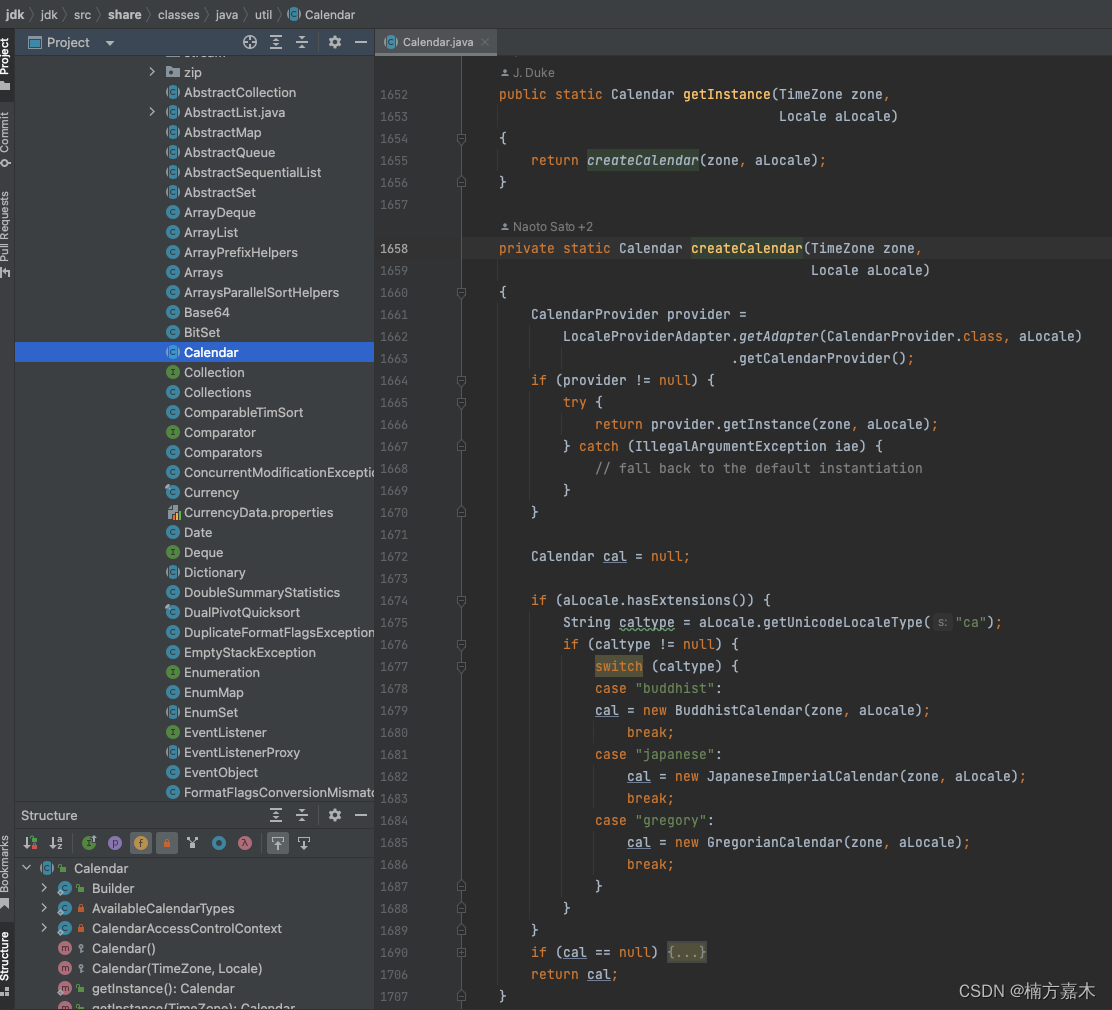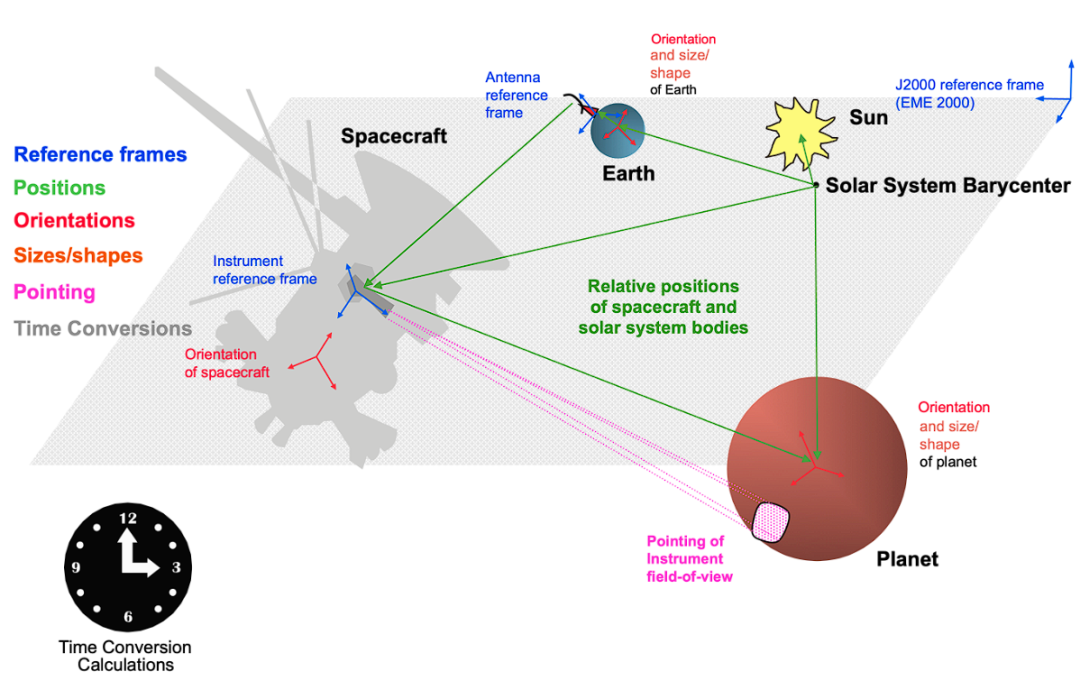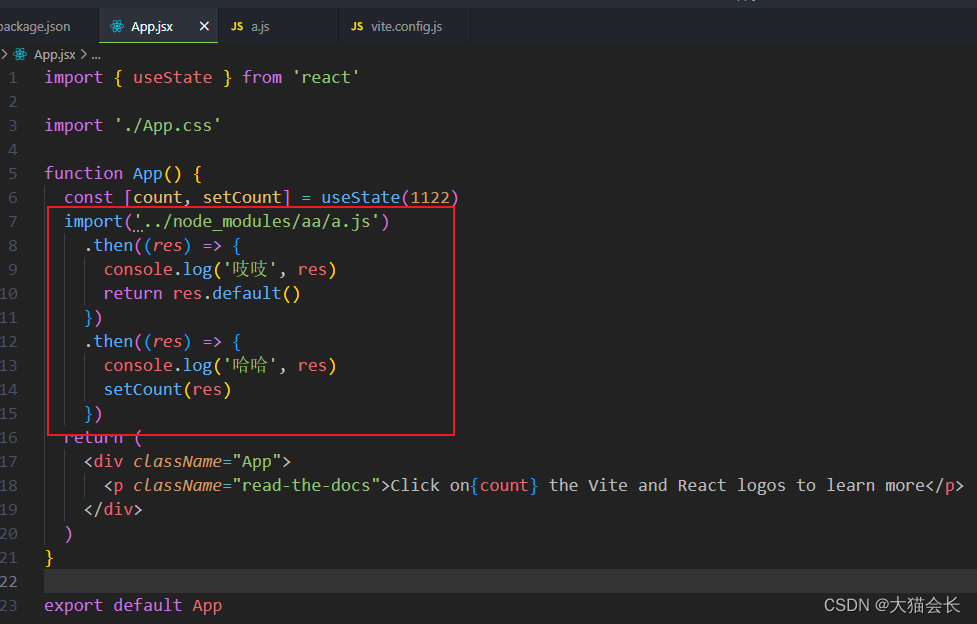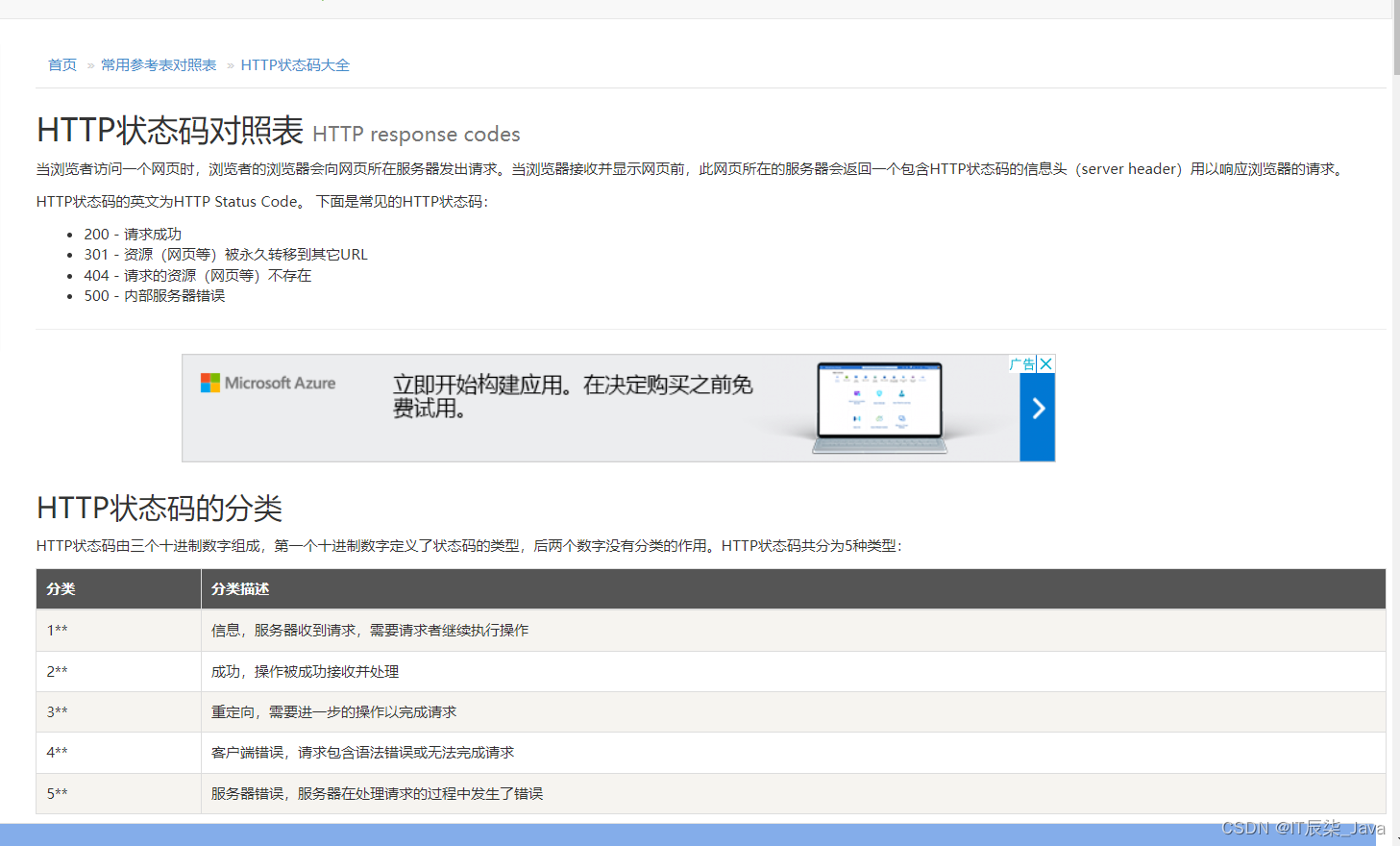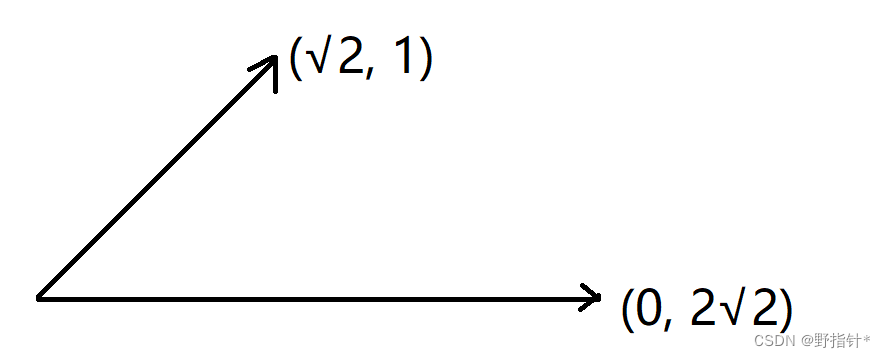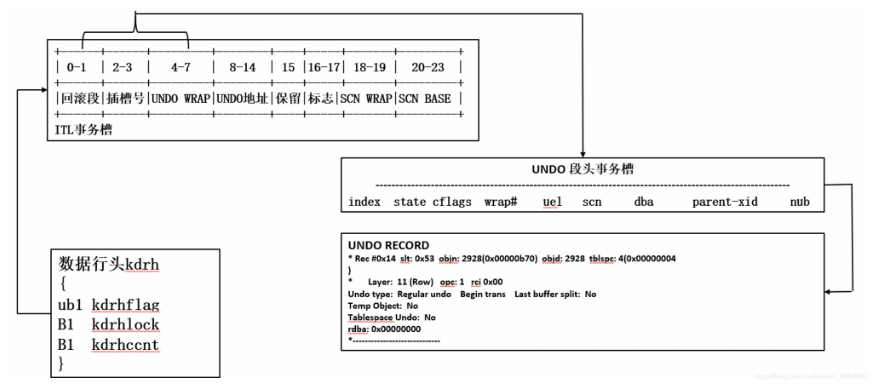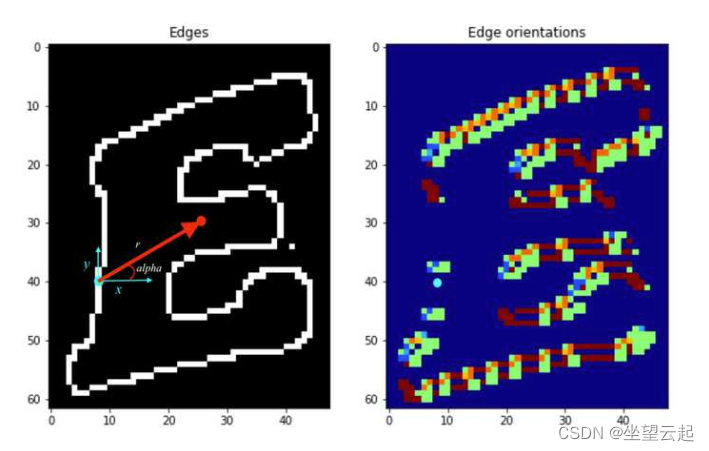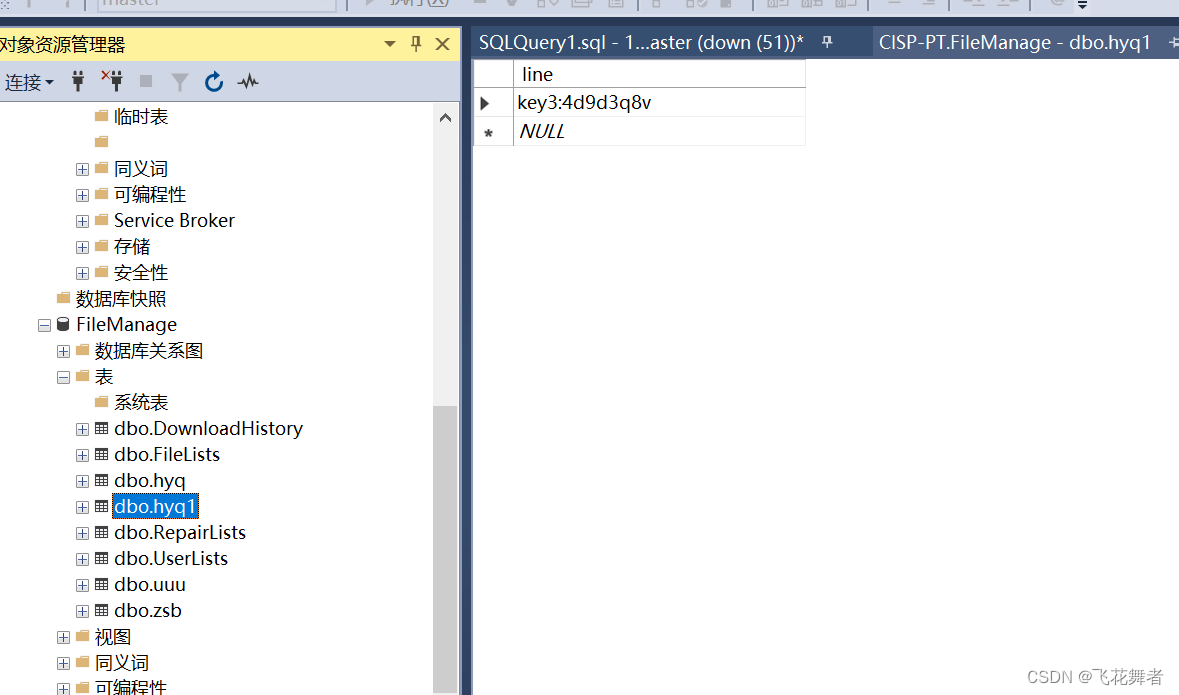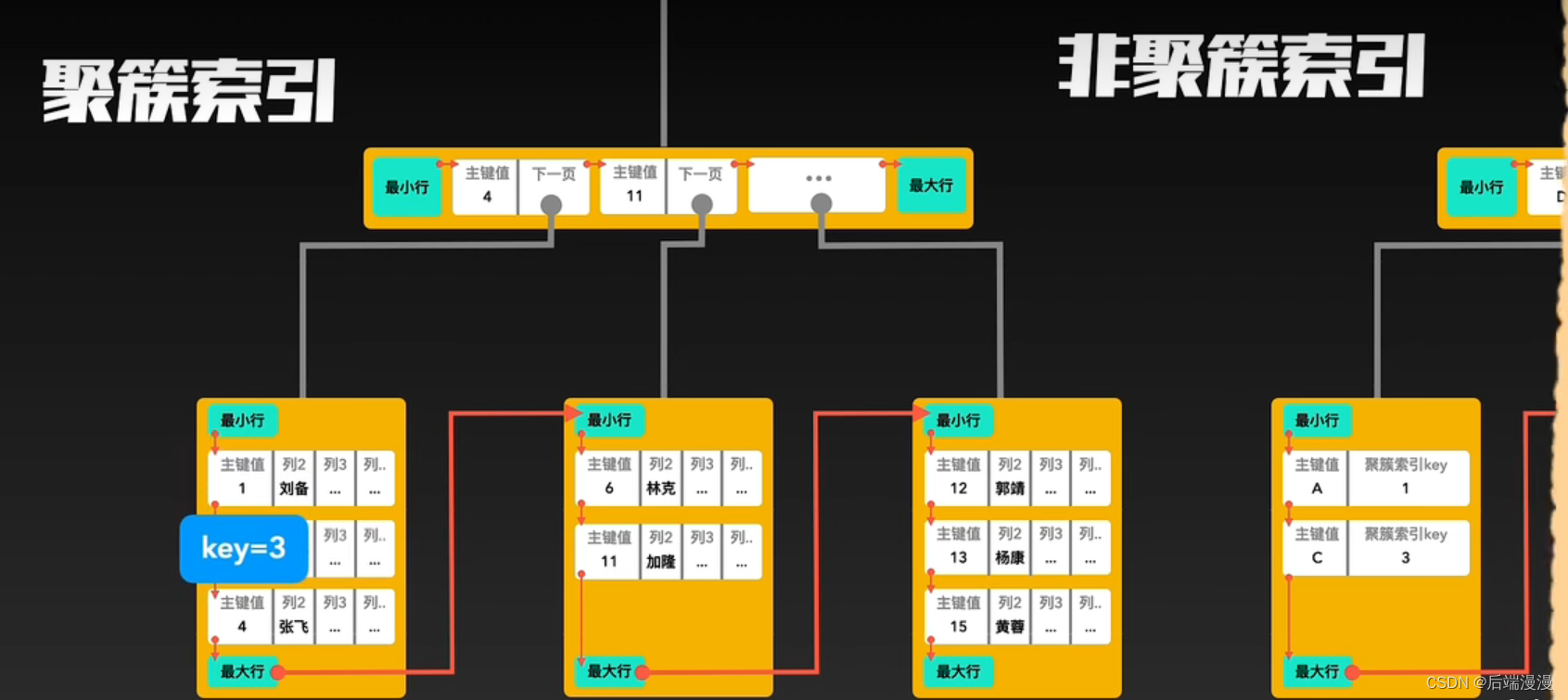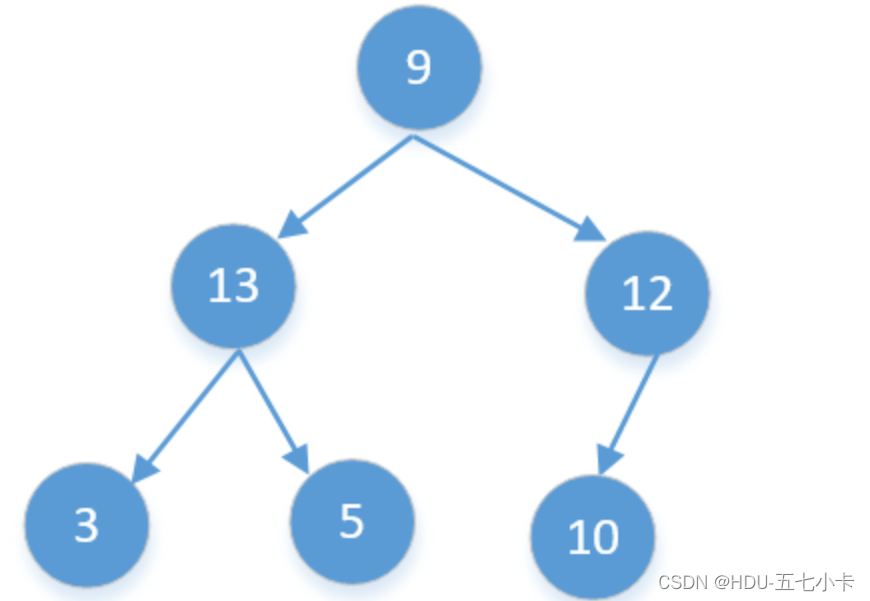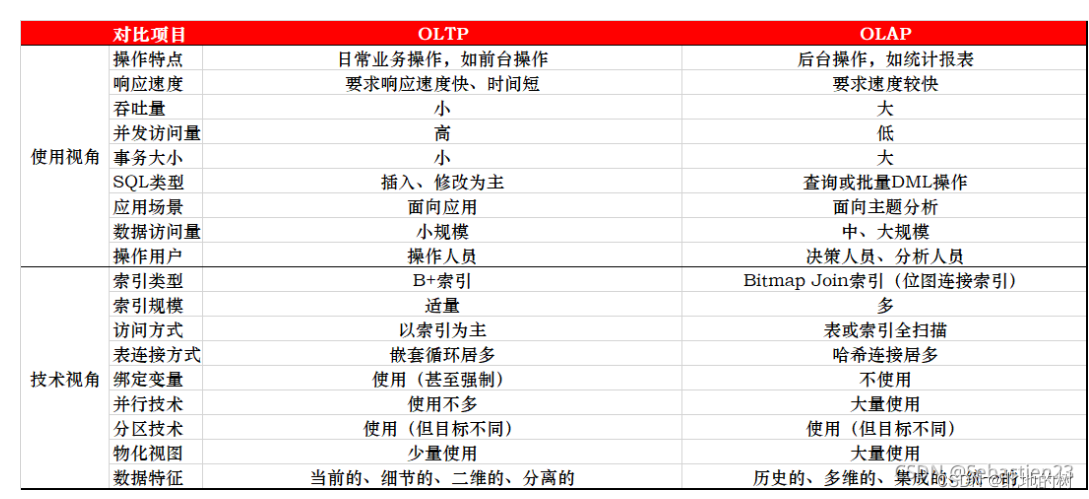CSS中height:100vh和height:100%的区别
首先,我们得知道1vh它表示的是当前屏幕可见高度的1/100,而1%它表示的是父元素长或者宽的1%(可以这么理解?)
1、对于设置height:100%;有下面几种情况:
(1)当父元素固定高度,子元素设置height:100%;时
<style>
#father1 {
width: 300px;
height: 300px;
background-color: yellow;
margin: 20px;
}
#son1{
height: 100%;
background-color: blue;
}
</style>
<div id="father1">
<div id="son1"></div>
</div>
结果如下:

子元素会自动填充父元素,也就是此时子元素的高度等于父元素的高度,同时我们可以知道,当父元素的宽高为0时,子元素的高度也为0,那么整个图形也就变成下面这个样了
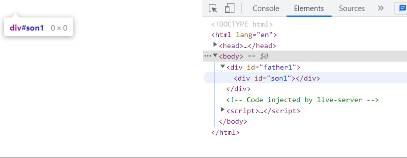
(2)当一个元素内部没有子元素的时候,设置height:100%;width:100%;,此时该元素高度为0。
(3)当一个元素内部有固定高度子元素的时候,给这个元素设置height:100%;width:100%;,那么这个元素自动被子元素高度撑开,例如:
<style>
#father1 {
width: 100%;
background-color: yellow;
margin: 20px;
}
#son1{
width: 100px;
height: 100px;
background-color: blue;
}
</style>
<div id="father1">
<div id="son1"></div>
</div>
结果如下:
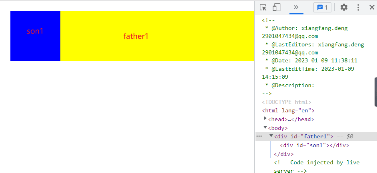
可以看到,父元素是被子元素撑开了,此时父元素的高度就等于子元素的高度。
2、对于设置height:100vh时有如下的情况:
一个元素设置height:100vh,那么该元素会被撑开与屏幕高度一致。
(1)即便父元素限制了宽高,只要子元素设置height:100vh,那么子元素的高度就会和屏幕一样高
<style>
#father1 {
width: 300px;
height: 300px;
background-color: yellow;
margin: 20px;
}
#son1 {
height: 100vh;
background-color: blue;
}
</style>
<div id="father1">
<div id="son1"></div>
</div>
结果如下:
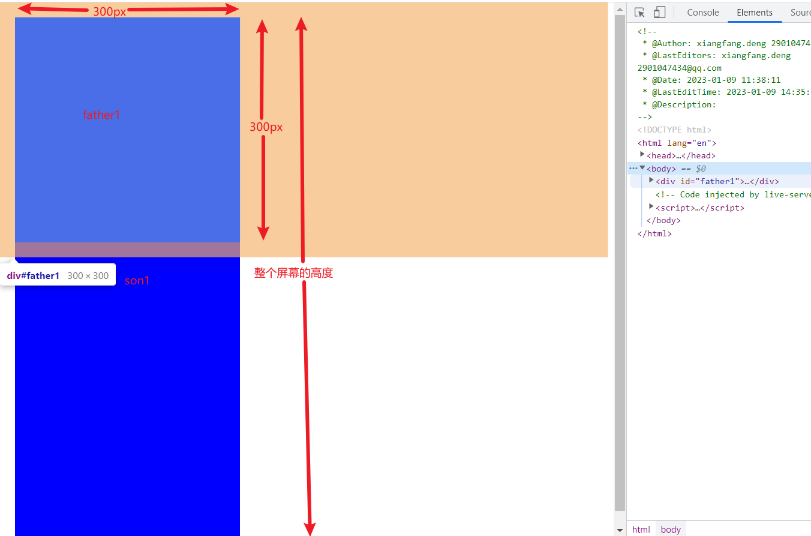
可以看到,子元素设置height:100vh时,不会被父元素的高度所限制
height:100vh == height:100%;
(2)父元素设置height:100vh,能够保证元素无论是否有没有内容,高度都等于屏幕高度。
<style>
#father1 {
width: 300px;
height: 100vh;
background-color: yellow;
margin: 20px;
}
#son1 {
height: 300px;
background-color: blue;
}
</style>
<div id="father1">
<div id="son1"></div>
</div>
结果如下:
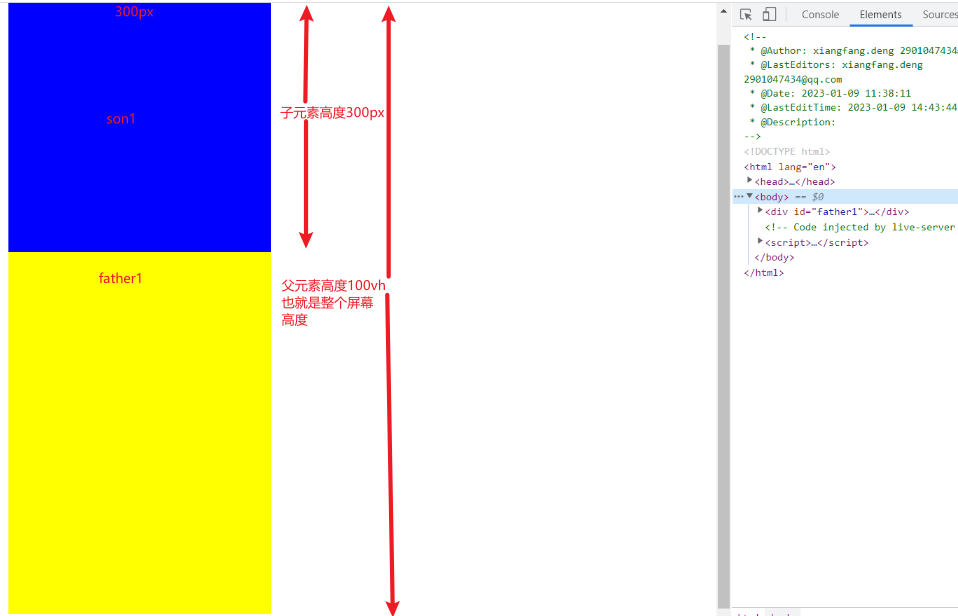
同样的,width:100%和width:100vw的区别差不多,自己探索去吧


